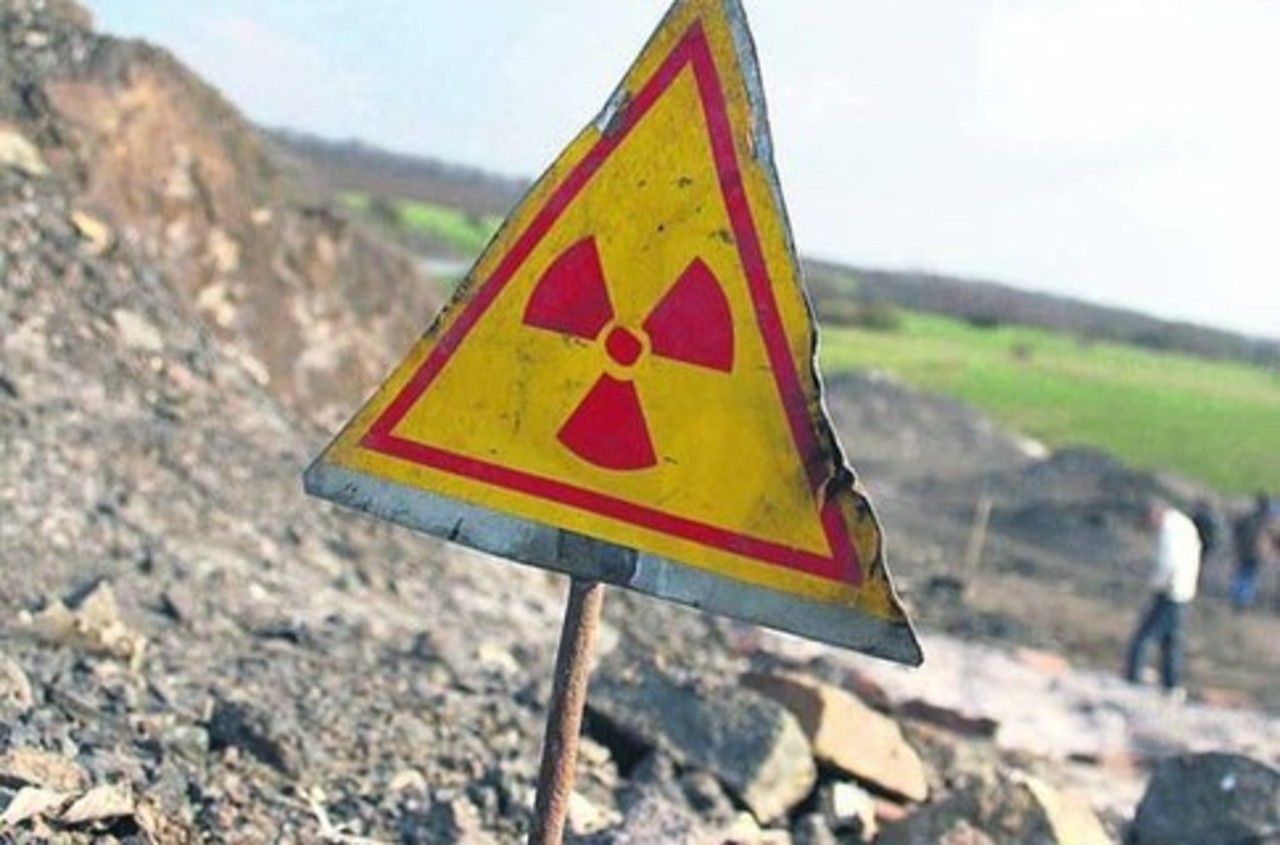The International Atomic Energy Agency (IAEA) and partners including the European Commission (EC) and the European Bank of Reconstruction and Development (EBRD) signed a joint commitment this week on coordinating efforts to achieve the safe and sustainable environmental remediation of Uranium Legacy Sites (ULS) in Central Asia, in accordance with a new Strategic Master Plan (SMP).
Uranium mining and processing were prevalent in Central Asia from the mid-1940s to the 1990s, when planning for end-of-life management was not common. As a result, residues of radioactive and toxic contaminants pose ongoing threats to the health and the livelihood of people in the region, as do abandoned mines and processing infrastructure.
According to the IAEA website, the SMP provides a framework for carrying out remediation activities in Central Asia in a timely, cost-effective and sustainable manner. It was developed with the Central Asian countries by core members of the IAEA’s Coordination Group for Uranium Legacy Sites (CGULS), which was formed in 2012 to help coordinate national and multilateral ULS remediation activities in Central Asia.
Parties involved in the project, including the EBRD, the EC, the Kyrgyz Republic, Tajikistan and Uzbekistan attended a signing ceremony in Vienna during a side event of this week’s 61st regular session of the IAEA General Conference.
“Our cooperation aims to help the people in the communities affected by the uranium legacy sites. We are working together to help create a safe environment for current and future generations,” said IAEA Deputy Director General Juan Carlos Lentijo, Head of the Department of Nuclear Safety and Security. “Effective coordination will help ensure that remediation will be addressed in a timely, cost-effective and sustainable manner.”








Tajikistan sends humanitarian aid to the flood-affected Kazakhstan
Tajikistan presents its tourism opportunities at High-Level Tourism Policy Forum in Korea
Tajik, Kyrgyz border services make joint statement
Russia to be with Taliban along the way? Russia preparing to recognize the Taliban regime in Afghanistan
Iranian media reports say three drones downed after explosions heard in Isfahan
Many regions in Russia impose more and more restrictions on the types of jobs migrants can hold
USAID launches a new US$18 million initiative to boost economic growth in Tajikistan
Tajikistan, Uzbekistan sign the Allied Relations Treaty
Tajik, Uzbek leaders discuss issues of expanding bilateral cooperation between their countries
Tajik-Uzbek Investment Company plans to finance implementation of 14 projects with a total worth of US$135 million
All news
Авторизуйтесь, пожалуйста